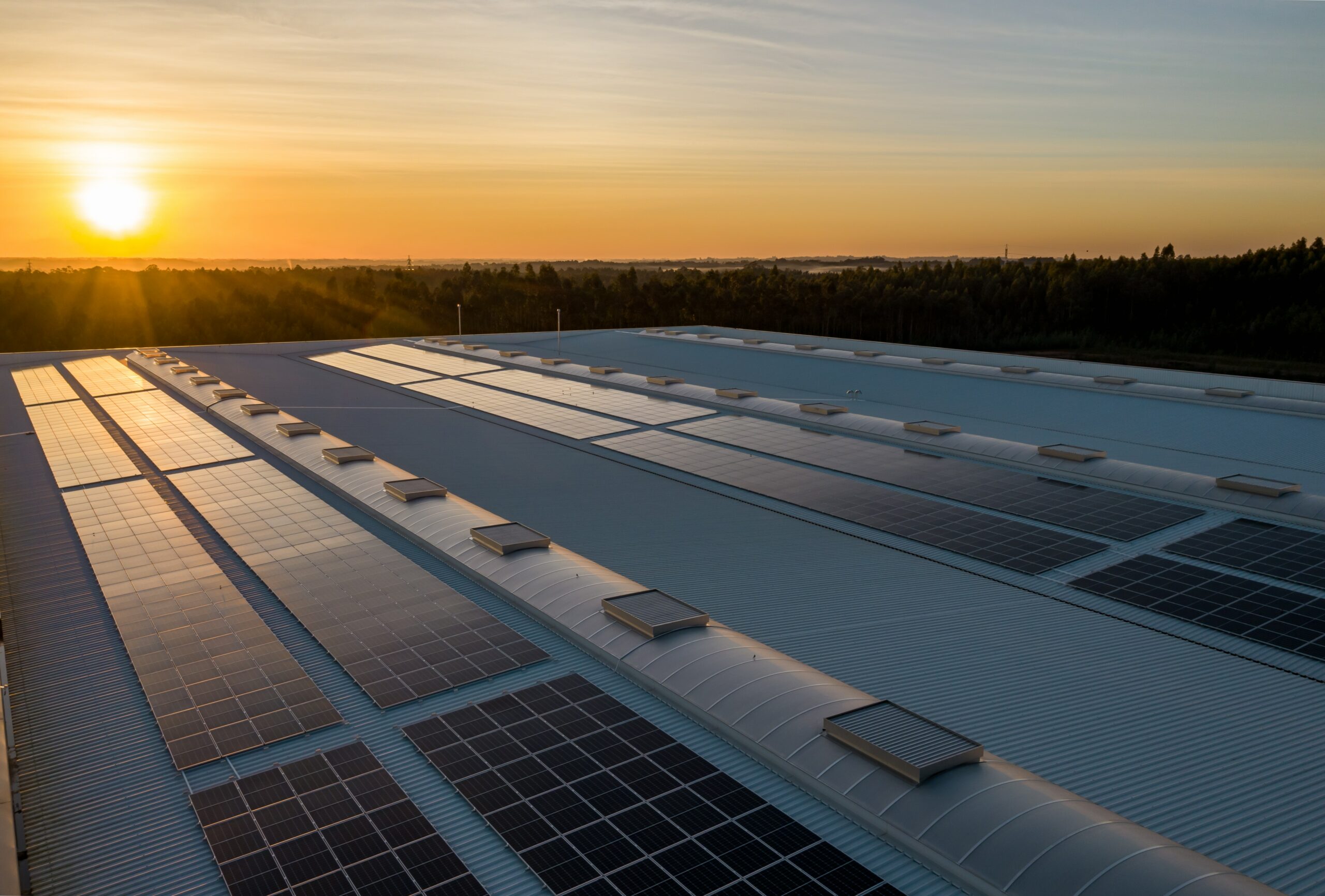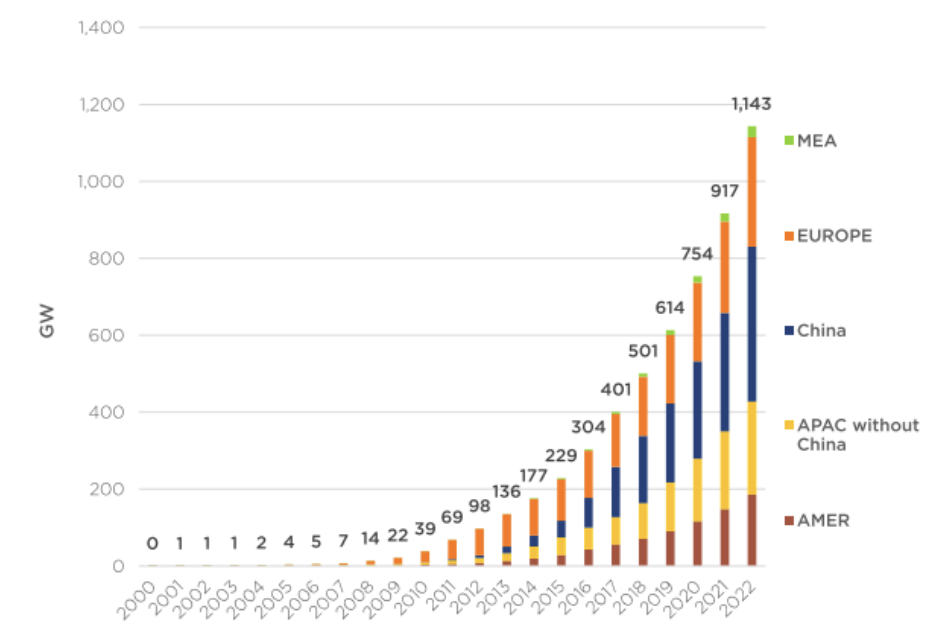The International Solar Alliance (ISA) has announced a significant increase in funding for solar projects in developing countries and highlighted the rapid expansion of solar capacity across the world.
The group will increase its contributions to individual solar projects from 10% to 35%. It also announced a potential $35m injection to its Global Solar Facility (GSF), designed to mobilise finance for solar projects in Africa. The Indian government is considering a contribution of $25m, with $10m coming from ISA.
The alliance also released three reports on the current state of the solar power market, showing a compound annual growth rate of 37% since 2000 and projecting total capacity to double by 2025. However, they also found that investment was insufficient and heavily focused on developed economies with mature solar markets, rather than developing economies that struggle to attract private capital.
The announcements were made at ISA’s sixth annual assembly in New Delhi.
Funding shortfall
The increase in what the alliance calls Viability Gap Funding will be dependent on the needs of the country and the individual project, ISA said. Previously, it provided a grant of $150,000 or 10% (the lower of the two) of the project cost, per country per project. It will now provide up to 35%. Thus far, the alliance has contributed to 9.5 GW of solar applications across 55 developing countries.
The GSF is designed specifically to help attract private investment into solar in Africa, home to just 1.3% of the world’s solar capacity. With around 600 million people without access to electricity, distributed power, such as off-grid and rooftop projects, is greatly needed. Shri R K Singh, India’s Minister of Power and New & Renewable Energy and President of ISA, said the target for the GSF was to raise $100m. This is designed to give private investors confidence, with the aim of attracting $10bn of further investment, enough to provide 35 to 40 million households in Africa with access to clean energy, benefitting around 200 million people.
“The world requires an investment of $12.5 trillion in renewable energy and $23 billion in off-grid solar by 2030,” said Dr Ajay Mathur, Director General of ISA. “Through its GSF [ISA] is stepping up as current global solar investment falls woefully short, constituting only 10% of the required amount for achieving net-zero emissions.” Mathur went on to highlight the “profound disparity” in investment, with developing countries, home to 50% of the global population, receiving just 15% of 2022’s renewable energy investments.
ISA also announced that Bloomberg Philanthropies and the Children’s Investment Fund Foundation (CIFF) would be supporting the facility.
Exponential growth
The alliance also released three reports looking at different aspects of solar power across the world. The Solar Investment Report found that renewable energy saw record investment of $590bn in 2022, with solar attracting just over half. However, it also found that even these levels of investment were insufficient and needed to increase “significantly” if the clean energy transition was to unfold quickly enough to meet internationally-agreed climate targets. More money was also needed in grid infrastructure and energy storage, not just building out capacity.
Global solar PV deployment
Source: ISA Solar Market Report 2023
The report also highlighted the fact that investment is concentrated “overwhelmingly” in a few developed countries that already have mature solar markets. Financial innovation through instruments such as green bonds, blended finance and dedicated climate funds was therefore key to unlocking the levels of investment needed, the report found. Directing finance to where it’s needed most will be discussed at length during COP28 next month, with the Bridgetown Agenda calling for reform of international financial institutions, such as the World Bank and International Monetary Fund, to help unlock much-needed capital.
Finally, the report highlighted how the solar manufacturing supply chain was concentrated in Asia, particularly in China, making the global market vulnerable to supply chain risks in the region.
The Solar Market Report found that total global installed capacity hit 1,143 GW by the end of 2022, a 25% increase on the previous year. Asia Pacific accounted for 59% of this additional capacity, with China alone accounting for 42%, while Europe accounted for 21%, the Americas 17% and Middle East and Africa 3%. Using a number of forecasts from various solar organisations, the report also projected global solar capacity of more than 2 TW by 2025, almost double the 1.1 TW installed by 2022, with annual additions also doubling to 493 GW.
The report also highlighted barriers that could slow the adoption of solar power, including continued subsides for fossil fuels, lack of investment in energy storage, availability of raw materials and labour, and permitting challenges.
The Solar Technology Report highlighted how effective solar can be when coupled with other technologies, for example energy storage for wider rollout and grid flexibility, electric vehicles for cutting transport emissions, and for generating green hydrogen to help decarbonise industry.






